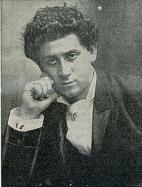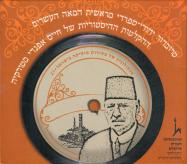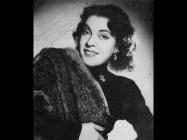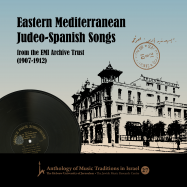(732 נמצאו תוצאות)
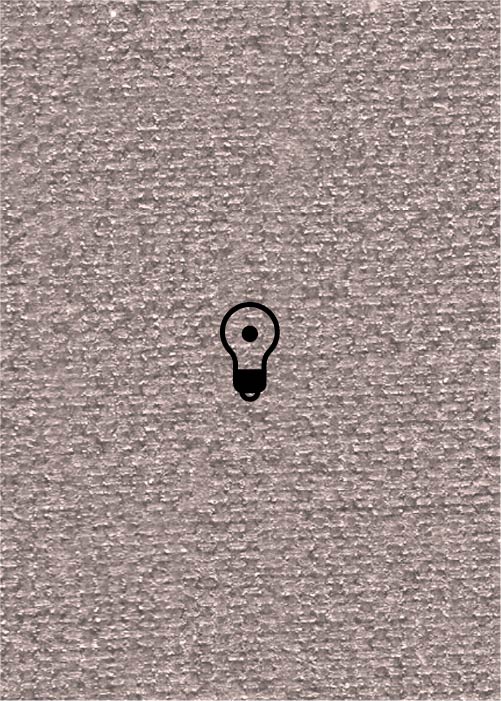
Tants nign (LKT)
… seems that the Hebrew term is actually a translation of the earlier Yiddish terms tants nign or a tenzl . Other terms …

Hopke (LKT)
… but in the klezmer interpretation they were given near-virtuoso features. Moreover they became multipart works. … are the last minutes... they fortified themselves [against tears] with a freylekhs , with a marsh , [and] a hopke-tants …
Boris Thomashefsky
… Pincas Thomashefsky, was born in Tarasche, a small town near Kiev, Ukraine in 1868. He immigrated to the United … roles was in a Yiddish-language production of Shakespeare's Hamlet. Likewise, his wife Bessie Thomashefsky was …
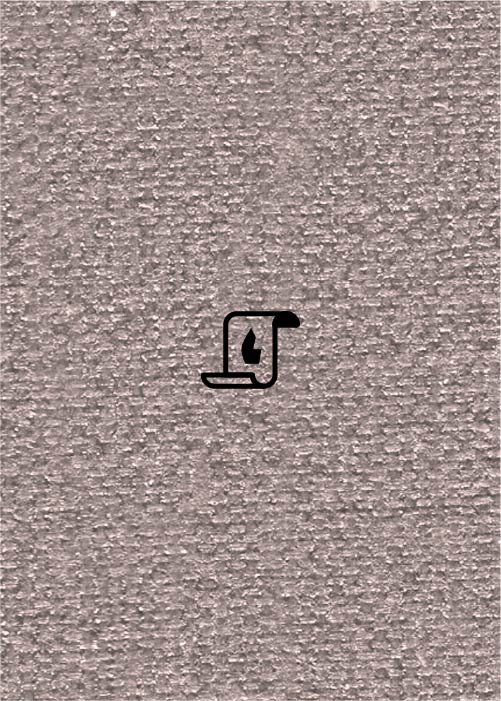
My Life: A Sketch
… overseer of kosher meat in a non-Jewish butchery. In my early childhood my parents lived next to the 'Chor-Shul' and … his voice. I remember the Congregation preferred to hear Zalman Shochet, though very old, or Orkin of the Zamet …
About
… Yuval is the flagship publication of the Jewish Music Research Center (JMRC) at the Hebrew University of Jerusalem. Appearing since 1968, three years after the foundation of the JMRC, it consisted of …
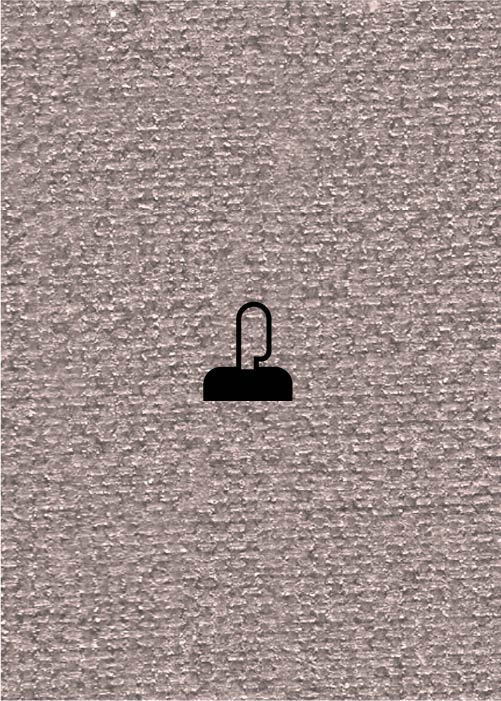
Obadiah the Proselyte
… where he wrote his memoirs. Obadiah's writings contain the earliest surviving manuscript source of Jewish music … Online. For a comprehensive and updated (2019) access to research and resources on Obadiah the Proselyte click here … …
Piyyutim for the High Holidays
… what we may today call the “entertainment industry”, appearing in public venues in various cities where large …

Musical Practices and Instruments in Late Bronze Age Ugarit (Syria)
… casts some light upon the poorly known history of ancient Near Eastern music in the span of time between …
Sarah Gorby
… influencing her musical career. Gorby showed an early interest in music and classical singing. Her family's … continued to perform and record music well into her later years. She remained an active cultural figure, participating …
13. Los árboles llorosos (CES)
… see below, no. 41 and La Gloria, see below, no. 68 ). Other early recordings, notably by Haim Effendi , to whom this … Sephardic repertoire and discography. None of the four early versions includes the famous refrain “Torno y digo / … World War II. The first documentation of this refrain appears on December 15, 1940 in Jevrejski Glas, a Jewish …

